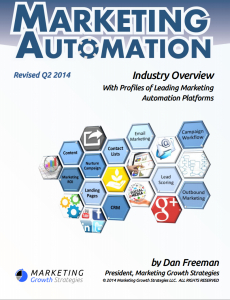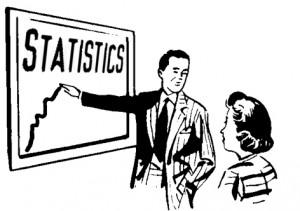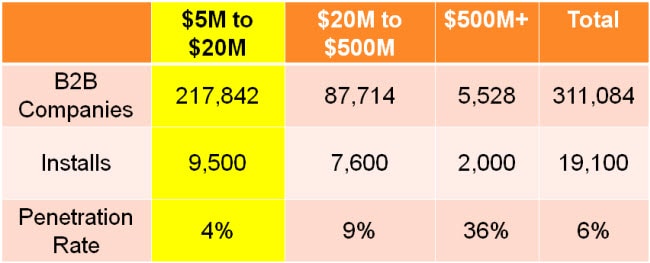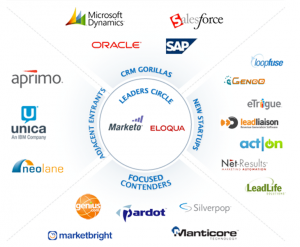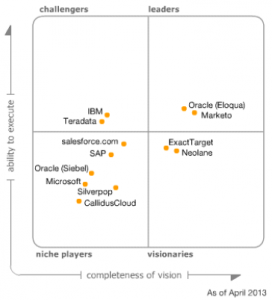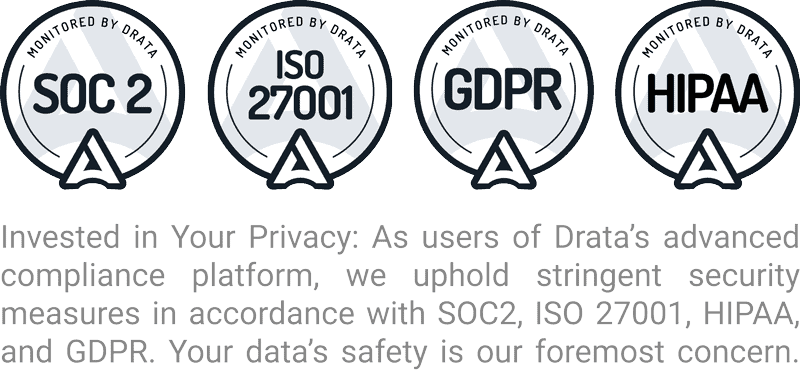Why Marketing Automation Isn’t Going Away and Will Continue Expanding Well Into the Future
 According to recent reports, marketing automation is not going away anytime soon. In fact, it is poised to continue growing bigger well into the future. The key to expanding usage; however, appears to be marketers becoming more comfortable with the concept of marketing automation. A study conducted by Ascend2 found that less than 25 percent of marketing professionals around the world used marketing automation on an extensive basis last year. Interestingly, 35 percent of respondents who were not using marketing automation stated they plan to use it in the future. That’s why we confident saying marketing automation isn’t going away. Here’s some more insight into the marketing automation industry that we’ve been talking about for years.
According to recent reports, marketing automation is not going away anytime soon. In fact, it is poised to continue growing bigger well into the future. The key to expanding usage; however, appears to be marketers becoming more comfortable with the concept of marketing automation. A study conducted by Ascend2 found that less than 25 percent of marketing professionals around the world used marketing automation on an extensive basis last year. Interestingly, 35 percent of respondents who were not using marketing automation stated they plan to use it in the future. That’s why we confident saying marketing automation isn’t going away. Here’s some more insight into the marketing automation industry that we’ve been talking about for years.
Among those using marketing automation or who have plans to use it in the future, objectives tend to range. The most common objectives for implementing a marketing automation strategy typically include lead nurturing, customer engagement, and marketing productivity. Personalization is currently a popular objective, but only about 25 percent of those surveyed rank it is an important objective.
Changes Looming on the Horizon for Marketing Automation Industry
As we move forward, we are likely to see a number of changes in the evolution of marketing automation, including the platforms becoming more scalable, faster, and more responsive. In addition, we will likely see marketing automation platforms become optimized for tracking vast amounts of data regarding customers and leads.
One of the most important changes that is likely to take place in the marketing automation industry is a shift toward predictive first. Future platforms are likely to be thinner as well as more intelligent, capable of accommodating more specialized applications. As a result, these platforms will be able to utilize far more data for delivering more relevant recommendations. Predictive intelligence will make such platforms easier to use as well as capable of adapting with your business as it grows and evolves. Consequently, you never have to worry about tweaking the system to accommodate growth. Such predictive systems not only have the ability to learn, but can also adapt and even make improvements on their own with each of your customer’s actions.
Comprehensive recommendations will provide the ability to leverage full visibility across the marketing and sales funnels to determine and recommend the best content to share or actions to take. By spanning both marketing and sales, such customer predictions are able to actually learn from historical sales data in order to develop models of good sales leads. That intelligence can then be applied to the top of your sales funnel, touching every aspect of your marketing programs and filter down through the funnel to complete the sales cycle.
While marketing automation has come a long way, it is quite likely that we are only now just beginning to see how this technology can transform marketing, particularly in the B2B sector. Over the course of the next year, it is quite likely that we could see a revolution in the B2B sector fueled by marketing automation. Discover more about the future of marketing automation and what it can do for your business.




